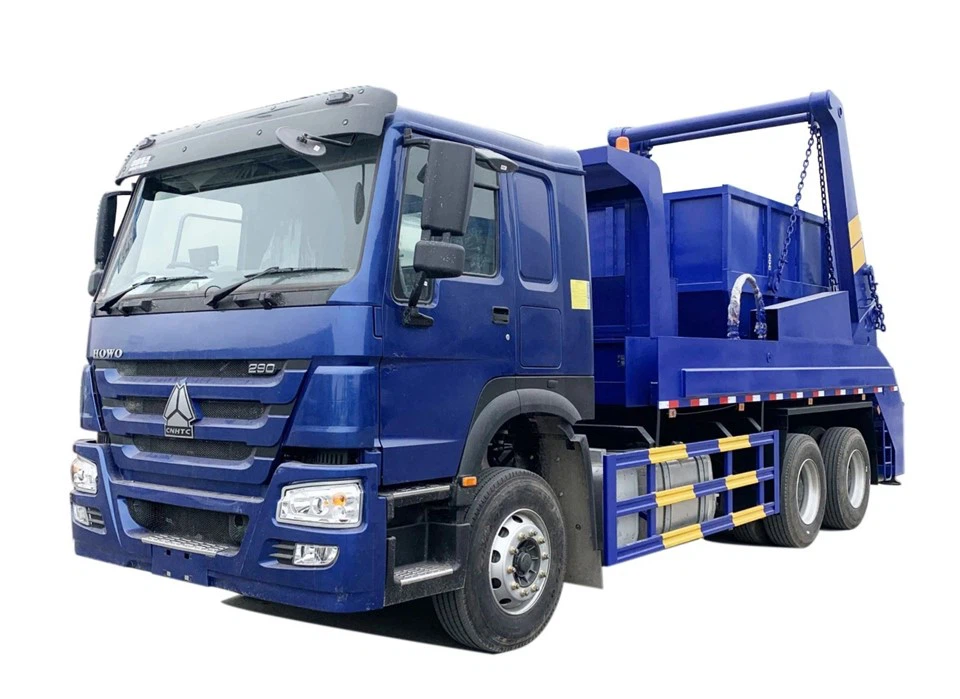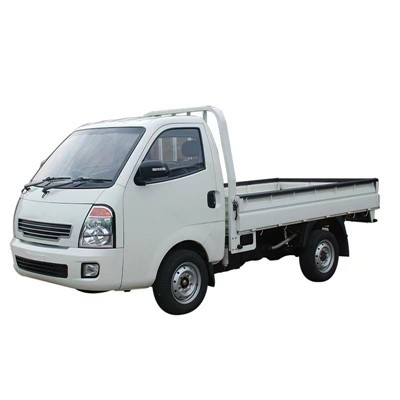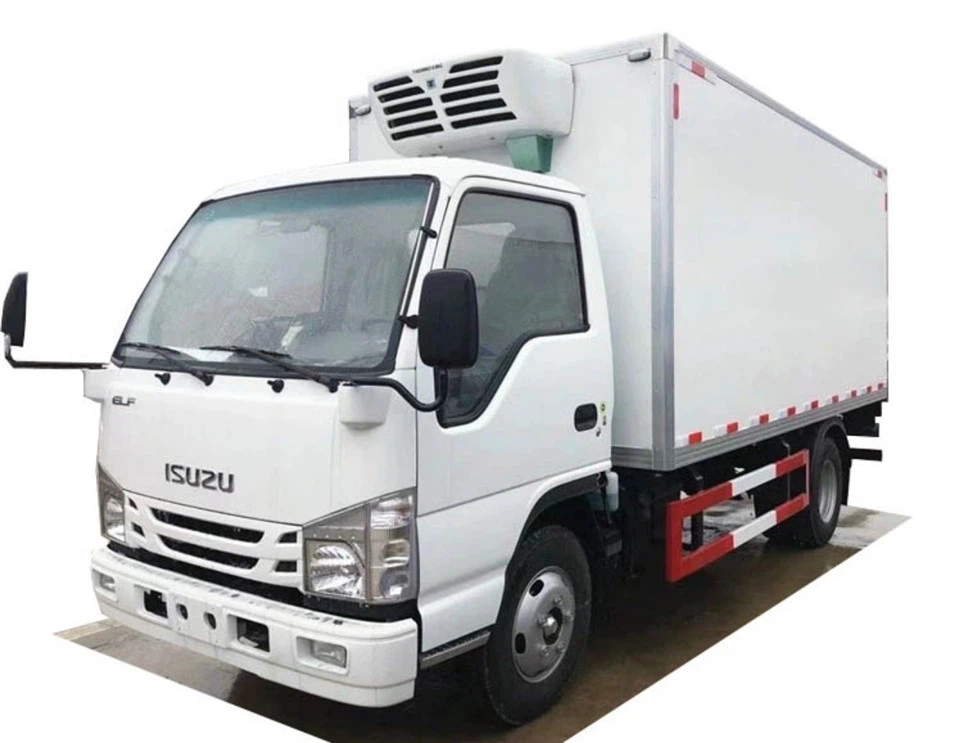LPG Bobtail Truck: A Comprehensive Guide to Understanding, Operating, and Maintaining

Liquid petroleum gas (LPG) bobtail trucks are unique vehicles designed for the transportation and delivery of LPG. These specialized trucks serve a vital role in the energy sector, supplying businesses, homes, and industrial customers with essential fuel for heating, cooking, and other applications. In this guide, we will delve into the features, operating mechanisms, regulations, and maintenance best practices associated with LPG bobtail trucks.
What is an LPG Bobtail Truck?

An LPG bobtail truck is a type of tank truck specifically engineered to transport liquid petroleum gas. The term “bobtail” refers to a truck with a shorter wheelbase and a single tank, optimizing it for easy maneuvering in urban settings or tight spaces. These trucks are equipped with specialized features that enable safe and efficient handling of LPG, ensuring compliance with strict regulations governing the transport of hazardous materials.
Key Features of LPG Bobtail Trucks
- Tank Design: LPG bobtail tanks are designed to operate under high pressure and are usually made of aluminum or steel for maximum durability.
- Safety Valves: Equipped with pressure relief valves, these trucks are designed to prevent tank explosions and leaks.
- Delivery System: Bobtail trucks typically include a metering system for accurate fuel dispensing during deliveries.
- Transportation Capabilities: These trucks can carry up to 3,000 gallons of LPG, making them suitable for bulk deliveries.
Understanding the Transportation of LPG
The Role of LPG in Energy Consumption
LPG is a clean-burning fuel widely used for heating, cooking, and as an energy source in industrial applications. Its versatility and efficiency make it an essential component of the global energy supply. Understanding its transportation is crucial for ensuring availability and safety.
Regulations Governing LPG Transportation
The transportation of LPG is subject to strict regulations to ensure public safety and environmental protection. In the United States, the Department of Transportation (DOT) oversees these regulations, which include:
- Proper labeling of hazardous materials.
- Inspections and certifications for vehicles used in LPG transport.
- Driver training requirements specific to transporting hazardous materials.
Types of LPG Bobtail Trucks
Standard Bobtail Truck
The standard LPG bobtail truck is the most common, designed for urban deliveries and small to medium-sized residential clients. It is maneuverable and efficient for short-distance transport.
High-Capacity Bobtail Truck
High-capacity bobtail trucks are equipped to carry larger volumes of LPG, making them suitable for industrial customers or remote areas where access to LPG supply may be limited.
Specialized Bobtail Trucks
Some LPG bobtail trucks come with added features for specific applications, such as dual-fuel systems that allow for the delivery of both LPG and other fuels, or enhanced safety features for hazardous environments.
Operating an LPG Bobtail Truck
Driver Qualifications and Responsibilities
Driving an LPG bobtail truck requires specialized training due to the nature of the cargo. Drivers must obtain a Commercial Driver’s License (CDL) with a hazardous materials endorsement. Responsibilities also include:
- Conducting pre-trip inspections.
- Understanding and following safety protocols during fueling operations.
- Ensuring accurate delivery records and customer documentation.
Loading and Unloading Procedures

The loading and unloading of LPG require careful adherence to safety protocols. Here’s a checklist for efficient and safe operations:
- Check for leaks or damages on the tank.
- Ensure all safety equipment, such as gloves and goggles, is used.
- Follow the proper sequence of connections when loading and unloading.
- Engage valves and meters according to guidelines to ensure accurate measurements.
Maintenance of LPG Bobtail Trucks
Regular Inspections
To ensure longevity and safety, LPG bobtail trucks require scheduled inspections. Key areas to focus on include:
- Tank Integrity: Inspect for rust, corrosion, and leaks, particularly at connections and valves.
- Brake Systems: Regularly check the braking system for wear and responsiveness.
- Electrical Systems: Ensure lights and indicators are functioning properly for visibility and safety.
Repairs and Servicing
Any identified issues during inspections should be addressed immediately. Common repairs may involve:
- Replacing worn or damaged hoses.
- Fixing leaks in the tank or delivery system.
- Calibrating the metering system for accuracy.
Best Practices for Safety
Emergency Procedures
It is crucial to have a robust emergency response plan in place. Key elements of an effective emergency plan include:
- Training staff to identify and respond to leaks, fires, or accidents.
- Having firefighting equipment readily available on-site.
- Regularly conducting emergency drills to ensure preparedness.
Personal Safety Equipment
Drivers and operators should utilize personal protective equipment (PPE) including:
- Protective gloves and goggles.
- Fire-resistant clothing.
- Respirators, if necessary, depending on the exposure risk.
Cost Considerations for LPG Bobtail Trucks
Initial Investment
The cost of purchasing an LPG bobtail truck can vary significantly based on the model, features, and manufacturer. Typically, prices can range from $50,000 to over $100,000. Factors influencing the price include:
- Tank size and materials.
- Included safety features and technology.
- Brand reputation and warranty terms.
Operational Expenses

Operational expenses include fuel costs, insurance, maintenance, and driver salaries. Actively managing these costs requires:
- Implementing efficient routing and scheduling.
- Regularly reviewing insurance policy options for cost-effectiveness.
- Setting up maintenance schedules to prevent costly repairs.
The Future of LPG Bobtail Trucks
Technological Advancements
Ongoing technological advancements continue to shape the LPG industry. Innovations such as GPS tracking and telematics support fleet management by enhancing operational efficiency and safety.
Environmental Considerations
With the increasing emphasis on sustainability, LPG has gained popularity as a cleaner alternative to traditional fossil fuels. Bobtail trucks are being designed to minimize emissions, aligning with global initiatives aimed at reducing carbon footprints.
FAQs about LPG Bobtail Trucks
1. How far can an LPG bobtail truck travel on a full tank?
The travel distance largely depends on the size of the tank and the vehicle’s fuel efficiency. Typically, a full tank may allow for a range of 150 to 300 miles.
2. What should I do if I smell gas while operating an LPG bobtail truck?
If you smell gas, stop the vehicle immediately, evacuate the area, and follow emergency procedures, including contacting emergency services.
3. Are there specific maintenance intervals for LPG bobtail trucks?
Yes, manufacturers usually recommend specific maintenance intervals based on operating hours or mileage, such as every 5,000 miles or 6 months.
4. What are the most common issues faced by LPG bobtail trucks?
Common issues include leaks in the system, problems with the metering equipment, and brake system failures. Regular inspections can help identify these issues early on.
5. Can LPG bobtail trucks operate in all weather conditions?
While LPG bobtail trucks are built to operate in various weather conditions, extreme temperatures can affect performance. It’s essential to ensure fuel integrity and safe handling practices.
6. Is training available for new LPG bobtail truck drivers?
Yes, several organizations offer training programs for drivers of LPG bobtail trucks, covering safety protocols, emergency procedures, and regulatory requirements.
